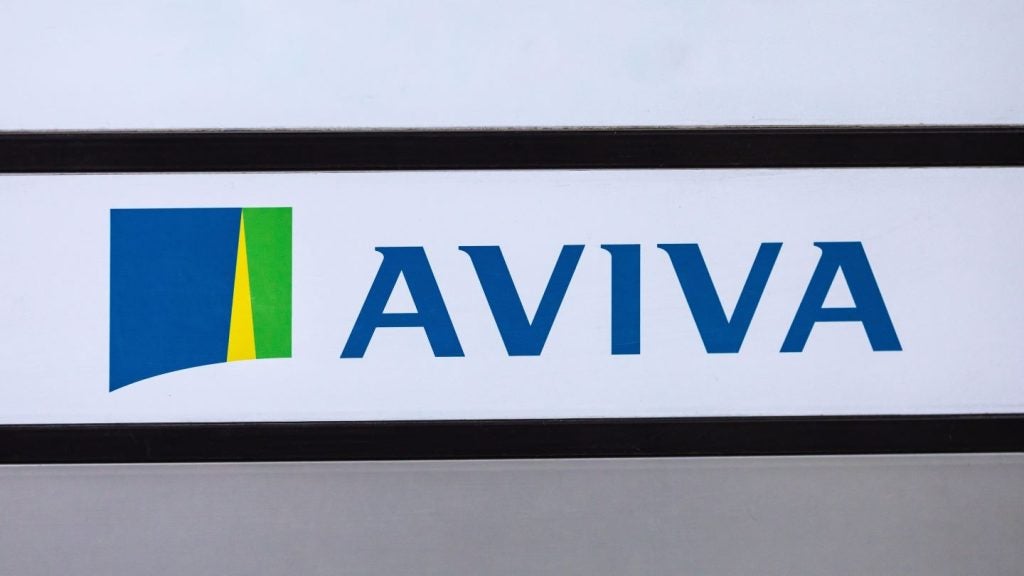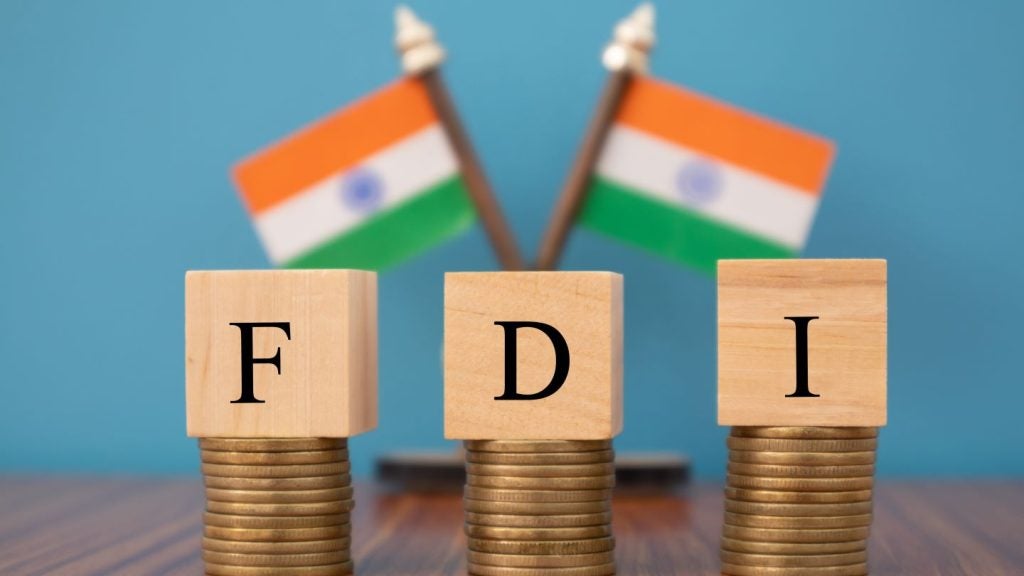Industry Attractiveness
The Singaporean insurance industry is relatively small, but well served, with 72 insurance companies servicing a population of approximately 5.2 million. Life insurance providers sell over 8.5 million life policies annually, but the non-life segment is considerably smaller. The domestic market is yet to be fully tapped as a significant proportion of Singaporean insurers’ revenues are generated from offshore business.
Singapore allows overseas businesses to operate in its insurance industry, with insurers operating in the country therefore generating revenue from both domestic and overseas markets. Consequently, the Singaporean government has established separate funds for offshore and domestic business: the Offshore Insurance Fund (OIF) and the Singapore Insurance Fund (SIF).
The Singaporean life insurance segment accounted for 71.1% of the industry’s written premium in 2012 and registered a CAGR of 2.3% between 2008 and 2012. The slow growth was largely due to declines in general annuity and endowment insurance, which recorded respective CAGRs of 25.2% and 1.3%.
However, robust growth in the term life and individual life categories led to the expansion of the overall life segment. Factors such as the government’s move to make its traditional healthcare program universal in March 2013, a rapidly growing elderly population, and a rise in life expectancy are projected to generate business for life insurance. The life segment is projected to record a CAGR of 3.6% between 2013 and 2017.
The non-life segment grew at a CAGR of 11.7% between 2008 and 2012, driven mainly by the property and marine, aviation and transit categories, which grew at respective CAGRs of 14.6% and 12.4%. The growth was also attributed to rising demand in overseas markets such as China, Japan, Australia and New Zealand, as these countries suffered significant property losses due to catastrophic events.
A significant rise in passenger car sales and the high number of financial deals conducted were other contributors to the segment’s growth from 2008 to 2012. However, the profitability of non-life insurers, especially those operating in property, and marine, aviation and transit insurance, was partially impacted by a series of natural disasters in prime overseas markets, including floods in Australia and Thailand, an earthquake in New Zealand, and a tsunami in Japan.
The personal accident and health insurance segment recorded the fastest growth in the industry, at a CAGR of 12.4% between 2008 and 2012. This was driven by strong growth in the personal accident category, an increase in the volume of outbound travelers, the growing number of people aged 65 and over and the rising domestic demand for health insurance. These factors, coupled with the changes to the Singaporean healthcare program, will generate business for the health insurance category over the coming years.
The industry is expected to benefit from the growing interest of multinational conglomerates in Singapore’s expanding economy. Leading multinationals such as Lloyd’s are looking for expansion opportunities which apply no restrictions on foreign ownership and offer low corporate tax rates.
While industry growth is anticipated, factors such as low interest-rates are likely to impact insurers’ investment returns. Other challenges include rising insurance fraud, especially in the motor insurance category; fraudulent claims account for approximately 20% of total motor insurance claims.

Access deeper industry intelligence
Experience unmatched clarity with a single platform that combines unique data, AI, and human expertise.
Segment Outlook
The Singaporean life insurance segment generates business largely from the domestic market, although some is generated from Australia, China, Hong Kong, India, New Zealand and Japan. This is unlike other South Asian countries, and the non-life insurance segment. Consequently, the country’s sustained economic development, rapidly growing older population, rising life expectancy and increased high net worth individual (HNWI) business contributed to the segment’s growth between 2008 and 2012. The written premium of the life insurance segment grew a CAGR of 2.3%.
The life insurance segment is expected to post a CAGR of 3.6% between 2013 and 2017. This will be driven by Singapore’s positive economic development, which the IMF project to record a CAGR of 4.8%. This will be further supported offshore business, HNWI business and government initiatives to make its traditional health insurance universal.
A number of global insurers have changed their product strategies and have begun to provide more customized products and services. A number of Singaporean life insurers have started to design similar products for both low-income consumers and HNWIs. Manulife Singapore, the fifth-largest Singaporean life insurer, launched Heritage for HNWI customers. Products and strategies such as these are expected to increase the demand for investment-linked products.
The demand for life insurance products is expected to grow rapidly due to the low interest rates offered by domestic banks on saving products. The interest rate for products such as bank deposits is less than 1%, among the lowest in Asia.
The life segment still faces numerous challenges, despite these growth opportunities. These challenges include the rising level of life insurance fraud, which grew at a CAGR of 25.2% in terms of value between 2008 and 2012, the nation’s low interest rate environment and the occurrence of frequent natural disasters in overseas markets. The low interest rate is likely to negatively impact the earnings of insurers.
Distribution Channels
Life insurance companies generate a significant portion of their revenues domestically, with only a small portion coming from Australia, China, Hong Kong, India, New Zealand, and Japan. Most Singaporean life insurers distribute policies through brokers.
The life segment posted growth between 2008 and 2012, due in part to the expansion of distribution channels, which helped the segment register a higher sales volume. Singaporean life insurers partnered with a number of distribution channels to increase revenues. In addition to marketing insurance products directly, life insurance firms distributed policies through bancassurance, agents, grocery stores, shopping malls and online.
Singapore’s life insurance segment is considered an over-serviced and “defined market” as there are few well established providers and over 12,000 tied agents operating to serve a population of less than 6 million. As such, leading insurers such as Swiss Life took steps to move into general insurance business and another leading company Zurich Life Insurance (Singapore) took measures to cater to affluent clientele. Zurich planned to strengthen its distribution network through retail and private banks, agencies, financial advisers, brokers and employee benefit consultants.
Agencies play a critical role in the growth of the life insurance segment in most South Asian countries, including Singapore, and accounted for 46.0% of the total new written premium in Singapore’s life insurance segment in 2012. However, due to the emerging popularity of other distribution channels, the number of new life insurance policies sold through agencies decreased from 0.64 million in 2008 to 0.53 million in 2012, at a CAGR of -4.5%.
The number of partnerships between insurers and domestic banks is increasing rapidly with regards to cross-selling life insurance products. Consequently, bancassurance is gaining in popularity. In 2009, DBS Group Holdings, one of the leading banks in Singapore, and UK insurer Aviva Plc signed an agreement to extend their bancassurance contract until 2015. Prudential Group has partnered with United Overseas Bank (UOB) to cross-sell insurance products through the bank’s retail network in Singapore. Bancassurance is expected to play significant role in the growth of gapore’s life insurance segment, and the volume of policies sold through bancassurance grew from 292,200 in 2008 to 404,800 in 2012, at a CAGR of 8.5%.
Insurance brokers accounted for the third-largest share (13.8%) of the new written premium in 2012. A number of life insurers, including NTUC Income, Great Eastern Life and HSBC Insurance partnered with brokers such as Ng Cheng Quee Pte Ltd and Aon Risk Services Singapore Pte Ltd, to market their life insurance products. The volume of policies sold through insurance brokers grew from 124,000 in 2008 to 159,000 in 2012, at a CAGR of 6.5%.
However, the evolution of e-commerce is expected to play a significant role in the sales of life insurance products due to its cost advantages and convenience. Consequently, the volume of policies sold through e-commerce increased from 3,300 in 2008 to 5,200 in 2012. This figure is projected to reach 8,000 by 2017.
In addition to selling insurance through other distribution channels, the direct sale of policies to customers surged. The volume of policies sold through direct marketing increased from 34,800 in 2008 to 43,600 in 2012. This helps insurers to reduce marketing and administrative costs. The volume of policies sold through other distribution channels grew marginally, from 29,300 in 2008 to 11,900 in 2012. The expansion of these alternative channels is expected to help the segment register increased growth.

US Tariffs are shifting - will you react or anticipate?
Don’t let policy changes catch you off guard. Stay proactive with real-time data and expert analysis.
By GlobalDataMarket Developments
HSBC to sell life, medical insurance businesses in Singapore
05 April, 2013
HSBC Insurance (Singapore) Pte. Limited has entered into an agreement with AXA Life Insurance Singapore Private Limited to sell its group term life insurance and group medical insurance portfolios in Singapore.
The gross asset value of these portfolios was approximately SGD23.5m (approximately $19.3m) at 31 December 2012.
The Hongkong and Shanghai Banking Corporation Limited, an indirect wholly-owned subsidiary of HSBC Holdings plc, has also extended its existing exclusive 10-year bancassurance agreement with AXA Asia SAS and AXA General Insurance Hong Kong Limited. It relates to general insurance products, to include the distribution of group term life and group medical insurance products to the bank’s customers in Singapore.
AXA Singapore and AXA Insurance Singapore Pte Limited will pay commissions on product sales to the bank.
The sale of the Singapore group term life and group medical insurance portfolios represents further progress in the execution of the group’s strategy.
The transaction, which is subjected to regulatory approval, is expected to complete within this year.
Great Eastern Life Pioneers a New Integrated Approach to Reward Customers for Keeping Healthy
22 April, 2013
Great Eastern Life has taken another major step to help its customers in Singapore, Malaysia and Indonesia keep healthy.
It has raised its Live Great Programme, the first integrated health and wellness programme by an insurance company in the region, to the next level with the launch of a series of product initiatives that reward customers with lower premiums or increased coverage upon them attaining better health.
Chris Wei, Group CEO, Great Eastern Holdings Limited, commented “Our customers have benefited from our health tips, wellness tools and mobile apps as well as health and wellness events and workshops. We are now progressing to the next level where we are rewarding our customers with lower premiums and other incentives for keeping healthy.”
Today in Singapore, Great Eastern Life launched “Live Great Healthy Rewards” where customers with a good Live Great Health Assessment score will be rewarded with cash rewards of up to 15% for the first two years and if they continue to keep healthy, they will enjoy a one-time 30% cash rewards on the third year.







